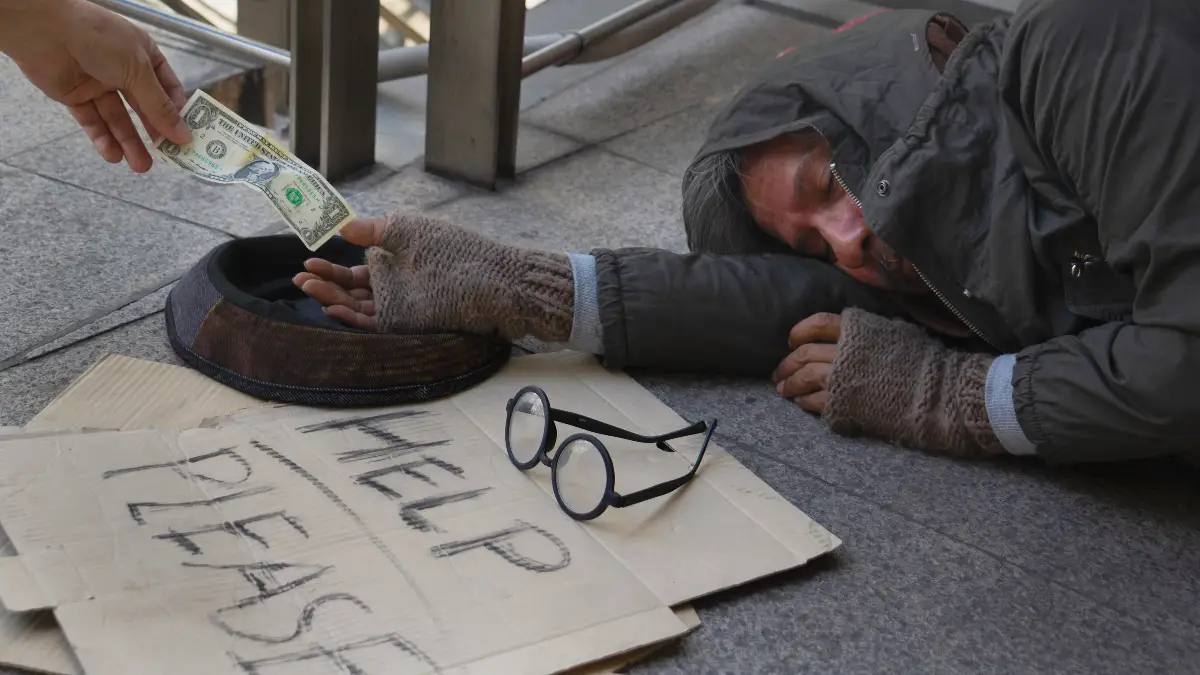Most people make critical errors during attacks that dramatically reduce their chances of survival.
Every violent encounter follows patterns. Survivors do specific things right. Victims make the same deadly mistakes. After analyzing thousands of real attacks—from mass shootings to street assaults—experts identify seven errors that turn survivable situations into tragedies.
These aren’t complex tactical failures. They’re simple, instinctive responses that feel right but prove fatal. Your brain’s natural reactions, the “common sense” advice you’ve heard, the safety training from grade school—much of it will get you killed when violence erupts.
Here’s what actually costs lives when seconds matter.
1. Expecting Someone Else to Call 911

Everyone assumes someone else is calling for help. Usually, nobody is.
The most preventable deaths happen when victims wait for rescue that isn’t coming. You’re bleeding. Others are screaming. Surely someone has called 911? This assumption kills people who could have survived with faster medical response.
The Bystander Effect in Blood
During the 2009 Fort Hood shooting, multiple wounded soldiers assumed others were calling for help. Several bled out waiting for medical response that was delayed because initial 911 calls were confused and contradictory. Too many people were reporting what they heard, not what they saw.
At the Jacksonville Landing shooting (2018), witnesses later admitted they didn’t call 911 for several minutes because “surely someone else already has.” Meanwhile, victims inside needed immediate medical attention that was delayed by those wasted minutes.
Your Phone Is a Weapon—Use It
The Parkland shooting investigation revealed a devastating pattern: students hiding in classrooms assumed teachers were calling 911. Teachers assumed administration was calling. Parents outside assumed police were already inside. These assumptions created fatal communication gaps.
One student bled out from a survivable leg wound. Help was minutes away, but nobody in his classroom called 911 directly to report his specific location and injury. Everyone assumed someone else was handling it.
The 911 Myth That Costs Lives
People think 911 operators know everything happening. They don’t. During the Pulse nightclub shooting (2016), victims texted friends and posted on social media instead of calling 911. Those friends then called 911 with second-hand, often wrong information that confused response efforts.
Direct calls save lives. At the King Soopers shooting (2021), the first caller who gave exact details—”shooter in aisle 6, moving toward pharmacy”—provided information that helped police respond effectively. The twenty vague calls about “something happening at the store” didn’t help anyone.
What You Must Say
Forget full sentences. Location first, always: “King Soopers Broadway Boulder.” Then the threat: “Active shooter inside.” Then specifics: “Near pharmacy, black rifle, moving toward back.” Your condition: “I’m hidden in freezer. Three others with me. One shot in shoulder.”
Don’t hang up unless you must run. Leave the line open. That audio helps dispatchers understand what’s happening even if you can’t talk.
The Medical Clock Is Ticking
You can bleed out from a femoral artery wound in under 3 minutes. Waiting for someone else to call 911 means waiting to die. At the Las Vegas shooting, people who immediately called 911 for their specific injured friends got faster targeted medical response than those who waited for “general help” to arrive.
Everyone thinks someone else is calling. In most attacks, 911 gets either dozens of useless calls (“I heard something”) or dangerous gaps where nobody calls for critical minutes.
Be the person who makes the useful call. Assume you’re the only one who will. Your phone can save more lives than any weapon. But only if you use it. Stop assuming. Start dialing.
Those three numbers are the difference between “pronounced dead at scene” and “treated and released.” that spinning heel kick. You’ll remember what you’ve practiced a thousand times.
2. Missing Warning Signs That Could Save Your Life
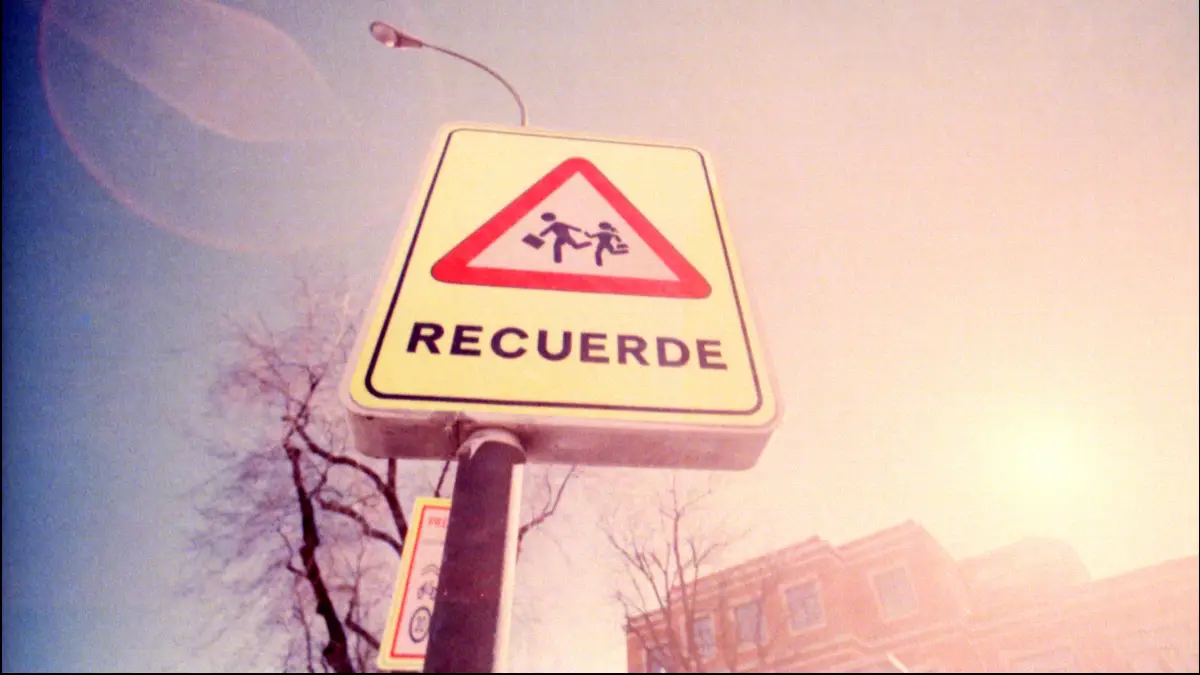
The Grayson and Stein victim selection study changed everything we know about why criminals choose certain people. They showed videos of random pedestrians to convicted criminals and asked one question: “Who would you attack?” The answers were terrifyingly consistent.
How Predators Choose You
Criminals look for specific walking patterns. Victims walk with uncoordinated movement—their arms don’t sync with their legs. They take too-short or too-long strides. They look lost, checking their phone for directions, or walking without purpose. If you look like you don’t belong, you’re a target.
Pre-attack indicators are obvious once you know them. Watch for someone who:
- Stares at you, then looks away when you notice
- Matches your pace from across the street
- Asks for the time while wearing a watch
- Stands too close despite having space
- Has clenched fists or keeps touching their waistband
Their breathing gets faster. Their nostrils flare. They shift their weight back and forth. These are pre-attack physiological changes your brain notices before you do. That weird feeling in your gut? That’s millions of years of evolution screaming at you.
Your Phone Is Making You a Target
The Federal Protective Service warns that looking at your phone makes you an easy mark. You can’t see someone approaching. You don’t notice the van that just circled the block twice. You miss the guy who followed you off the train.
Digital distraction vulnerabilities are worse than ever. People livestream their location. They post vacation photos while away from home. They ignore everything around them for Instagram. Criminals love this. You’re doing their homework for them.
Dangerous Places Hide in Plain Sight
Environmental threats aren’t always obvious. High-risk areas share specific features:
- Broken windows and graffiti (nobody’s watching)
- Overgrown bushes near walkways (hiding spots)
- Burned-out lights in parking garages (darkness helps attackers)
- Multiple exits and entrances (escape routes for criminals)
- Isolated ATMs or gas pumps (trapped with money visible)
Parking garages are especially dangerous. Sound doesn’t travel between concrete levels. Security cameras often don’t work. And you’re focused on finding your car, not watching for threats.
Your Instincts Know Before You Do
Women especially are taught to be polite, to not overreact, to give people the benefit of the doubt. This programming gets people killed. That uncomfortable feeling when someone’s walking behind you?
The urge to cross the street when you see a group ahead? That’s your brain processing danger signals faster than your conscious mind. Situational awareness isn’t paranoia.
It’s seeing the guy who got off the bus when you did and is still behind you three blocks later. It’s noticing the car with tinted windows parked outside your gym every Thursday. It’s recognizing when something breaks the normal pattern.
Trust your gut. Always. Your subconscious picks up pre-attack indicators your conscious mind misses. If something feels wrong, it probably is. You don’t owe strangers politeness. You owe yourself survival.
3. Post-Attack Mistakes That Worsen Everything
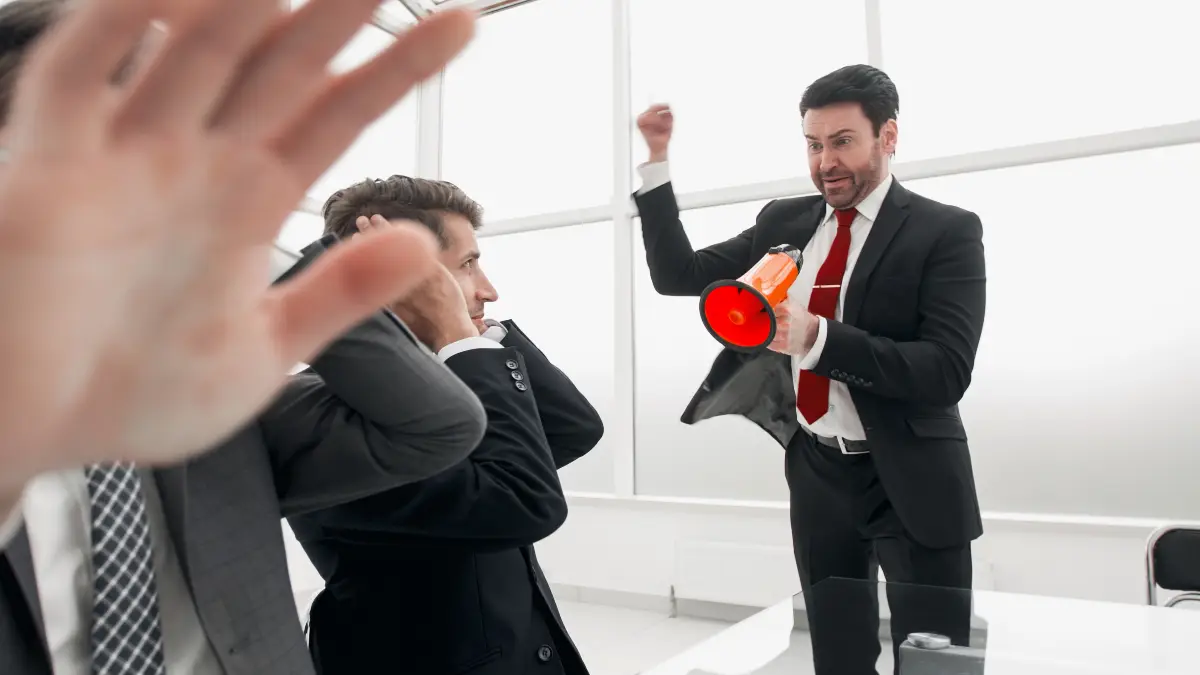
Surviving the attack is just the beginning. What you do next determines whether you stay a victim.
Most people think the danger ends when the attacker runs away. Wrong. The decisions you make in the next hour can destroy your legal case, your credibility, and your recovery. Criminals know this—72% use DARVO tactics to flip the script and make you look guilty.
The DARVO Trap That Destroys Victims
DARVO stands for Deny, Attack, Reverse Victim and Offender. Your attacker claims you started it. They say you’re lying. They tell police they were defending themselves from you. Suddenly, you’re explaining why you’re not the criminal.
This manipulation works because trauma makes you doubt yourself. You might think, “Maybe I did overreact.” You didn’t. But by the time you realize what’s happening, witnesses are confused, police are skeptical, and your attacker is playing victim on social media.
Legal Mistakes That Ruin Your Case
The worst legal self-defense errors happen in the first minutes:
- Moving evidence (“I’ll just put this knife over here”)
- Washing blood off your hands before photos
- Leaving the scene to “calm down”
- Posting on social media about what happened
- Giving detailed statements while in shock
Here’s what actually matters for your post-attack protocol: Call 911 immediately. Say these exact words: “I was attacked. I defended myself. I need police and medical help.” Then stop talking. Your adrenaline is making you chatty. Don’t be.
Why Nobody Believes You
Victim credibility challenges are real and unfair. If you knew your attacker, cops wonder why you were with them. If you’d been drinking, they question your memory. If you don’t cry the “right” way, you seem suspicious.
If you can’t remember every detail in order, you look like you’re lying. Trauma responses confuse everyone, including you. You might laugh at weird times. Forget huge chunks of what happened.
Remember tiny, irrelevant details perfectly. Change your story as your brain processes events. All normal. All used against you.
Evidence That Disappears Fast
Evidence preservation starts immediately:
- Don’t shower or change clothes
- Don’t clean under your fingernails
- Take photos of everything—injuries, scene, your clothes
- Save all texts, voicemails, emails
- Write down what happened while it’s fresh
- Get contact info from every witness
Hospital staff often don’t document defensive injuries properly. That scratch on your attacker’s face that proves you fought back? If it’s not in the medical record, it didn’t happen. Demand they photograph and document everything.
4. The Fatal Flaw of Hiding Under Desks
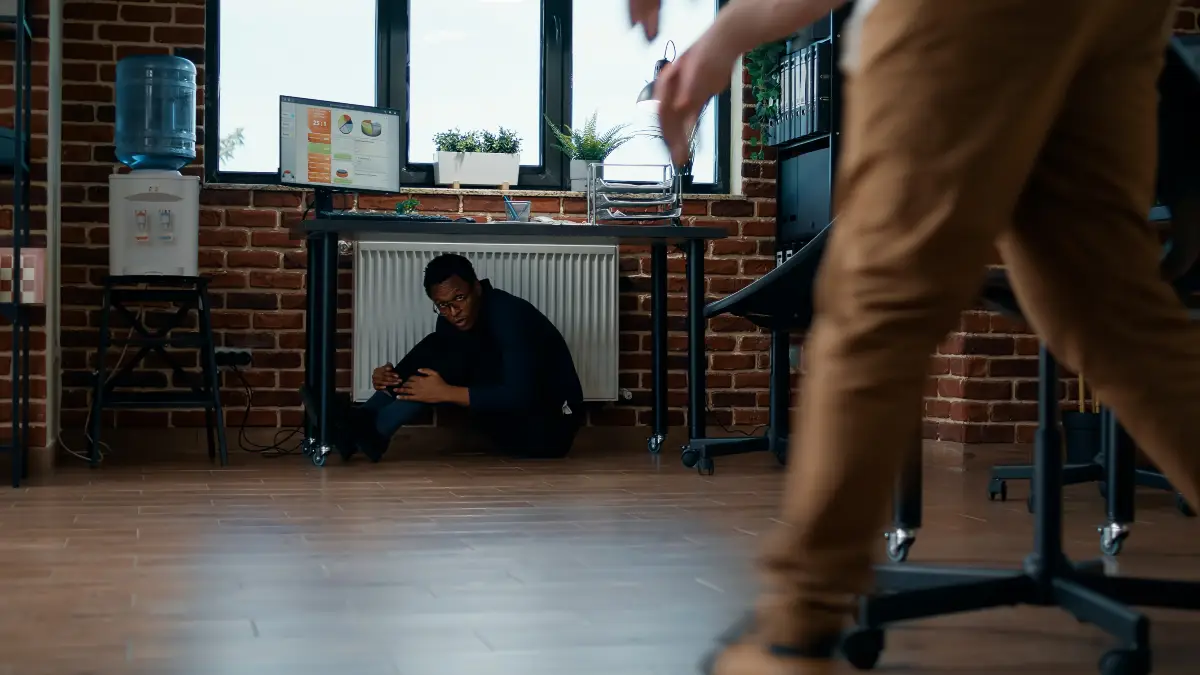
Your instinct to duck under a desk could be the last decision you make.
We’ve been trained since childhood to take cover under furniture. Earthquakes? Get under a desk. Tornadoes? Find a sturdy table. The Cold War’s “Duck and Cover” drills burned this response into generations of Americans.
So when gunfire erupts, people automatically drop and crawl under the nearest desk—like a child pulling blankets over their head when scared.
When Lucky Breaks Happen
Sometimes it works. At Sandy Hook Elementary in 2012, two staff members survived by diving under office desks seconds after the shooter entered. He glanced around, saw nothing, and moved on. They lived because of timing and luck—not because desks provide protection.
That’s the dangerous part. Stories like Sandy Hook make people think furniture equals safety. But one success story doesn’t erase the physics: office furniture provides zero ballistic protection and barely any visual concealment.
The Death Trap Pattern
The evidence is devastating. At Columbine High School’s library in 1999, police found multiple victims under tables where they’d sought shelter. The killers knew exactly where to look.
This pattern repeated at:
- Luby’s Restaurant, Texas (1991) – 23 dead, many found under tables
- Luigi’s Restaurant, North Carolina (1993) – Victims discovered beneath furniture
- General Motors Corporation, Florida (1990) – Employees shot at their hiding spots
- University of Iowa (1991) – Faculty killed under their own desks
- Edgewater Technology, Massachusetts (2000) – Workers found where they’d hidden
The Hard Reality Check
In those first chaotic seconds, a desk might be all you have. And something beats nothing when bullets are flying. But treating furniture as your final destination instead of temporary cover while you plan your next move?
That transforms a split-second reaction into a death sentence. If you can see the shooter’s feet, they can see all of you. And unlike earthquakes or tornadoes, active shooters deliberately hunt for people hiding in obvious spots.
They check under desks. They know where you’re trained to hide. The lesson from these tragedies is clear—use furniture to break line of sight for seconds while you move to real cover or escape. But never mistake a desk for a bulletproof shield. It’s not.
5. Trying to Film or Watch Instead of Run
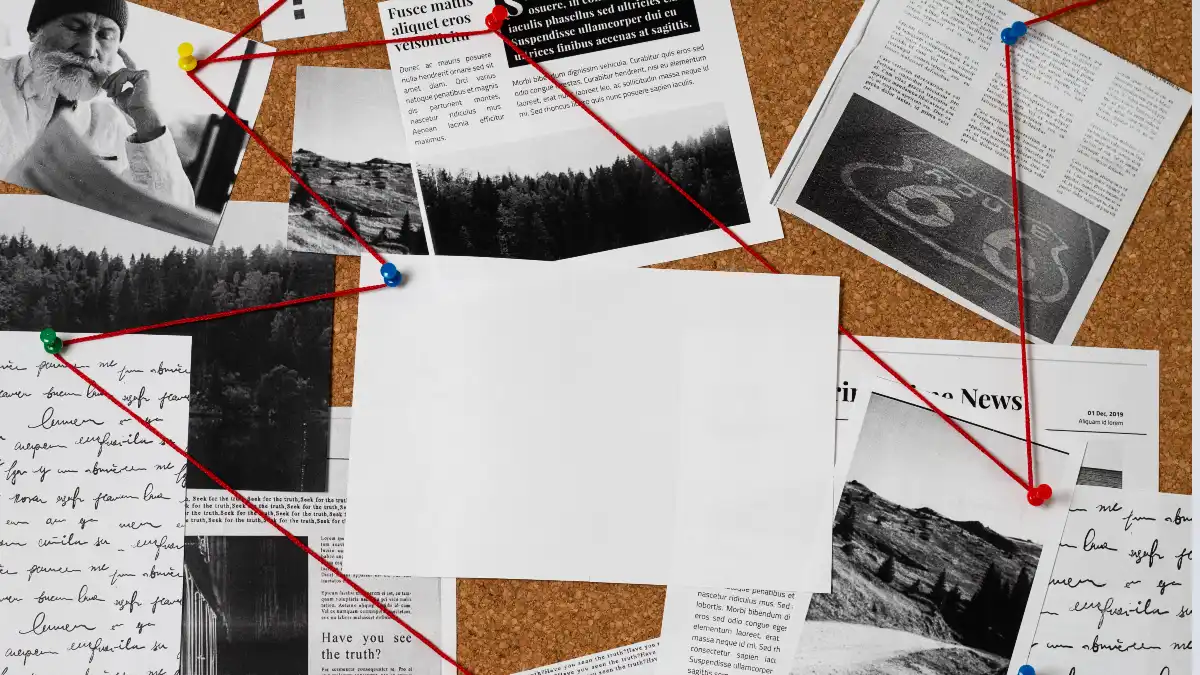
Your phone’s camera won’t stop bullets.
The urge to document danger is killing people. At the Gilroy Garlic Festival shooting (2019), bystanders stood filming while shots rang out. At countless incidents, people die holding phones instead of running because their brain says “this isn’t real” or “I need to record this.”
The Deadly Documentation Instinct
Your brain doesn’t believe it’s happening. So you film it to make it real. Security footage from the Buffalo supermarket shooting (2022) shows people pulling out phones when they heard gunfire instead of immediately fleeing. Those seconds of hesitation proved fatal for some.
This isn’t about being stupid or brave. It’s about how modern brains process unbelievable events. We’re conditioned to document everything. But while you’re trying to get the angle right, the danger is getting closer.
The Bystander Effect Goes Digital
At the Robb Elementary shooting in Uvalde (2022), parents filmed outside instead of acting. During the Highland Park parade shooting (2022), people kept recording even as others screamed to run. The camera creates false distance—like you’re watching TV, not living it.
Survivors consistently report the same regret: “I wasted time trying to see what was happening instead of just running.” Your curious brain wants information. Your survival brain needs you to move. Guess which one keeps you alive?
6. Bunching Together in Groups
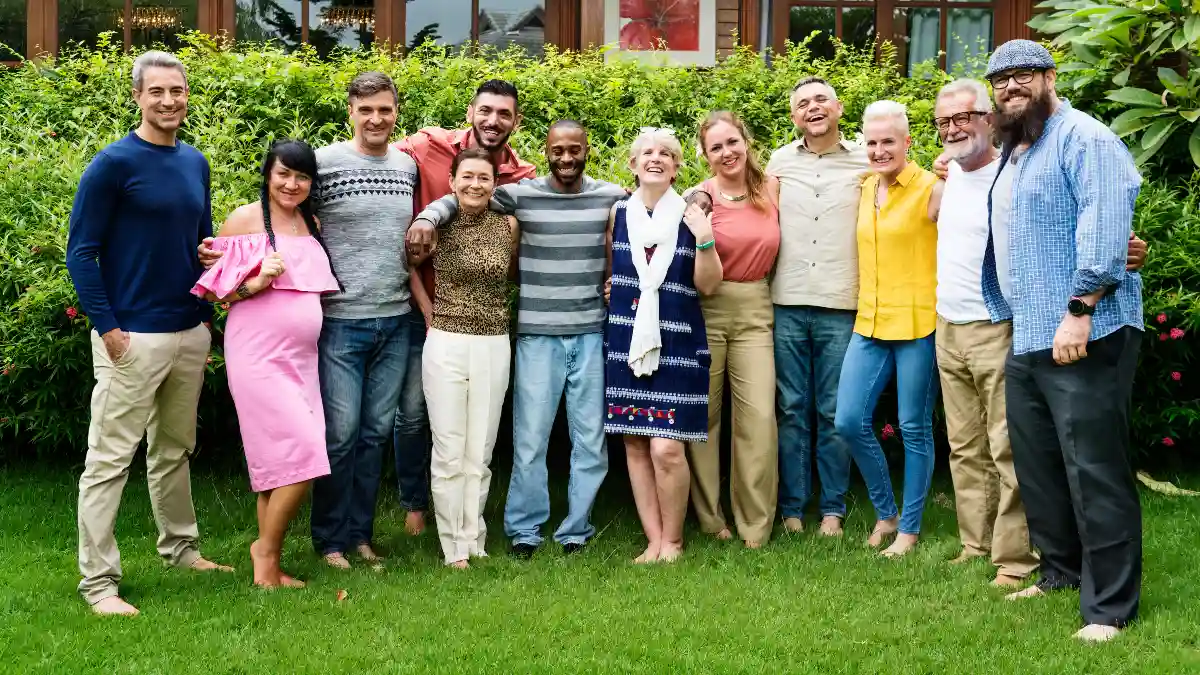
Huddling together for safety turns you into a mass target.
When danger strikes, people instinctively cluster. We seek comfort in numbers. At Columbine, students grouped together in the library. At the Aurora theater shooting (2012), people bunched up at the exits. At the Christchurch mosque attacks (2019), worshippers huddled in corners.
Why Groups Become Kill Zones
Shooters don’t need good aim when everyone’s packed together. One burst of gunfire hits multiple people. At the Las Vegas Route 91 shooting, the deadliest zones were where crowds bunched up against barriers trying to escape.
People crushing together created stationary masses where single bullets caused multiple casualties. The psychological comfort of grouping together becomes a tactical disaster.
You can’t move quickly. You can’t change direction. You become what military trainers call a “target-rich environment.”
The Scatter Protocol That Works
After Columbine, emergency response training changed. The new rule scatter and evacuate. Don’t group up. Don’t move in predictable lines. Make yourself one of many difficult targets, not part of one easy target.
At the King Soopers shooting in Boulder (2021), people who scattered in different directions through multiple exits survived at higher rates than those who grouped together in hiding spots. The shooter could only chase one direction at a time.
The instinct says safety in numbers. The reality says isolation saves lives. When everyone runs different directions, attackers must choose. When everyone huddles together, there’s no choice needed—just point and shoot.
Your brain screams to join others. Your survival depends on fighting that urge and creating distance—from the shooter and from other targets.
I’ll create one more deadly mistake based on real incident patterns:
7. Trying to Retrieve Your Belongings
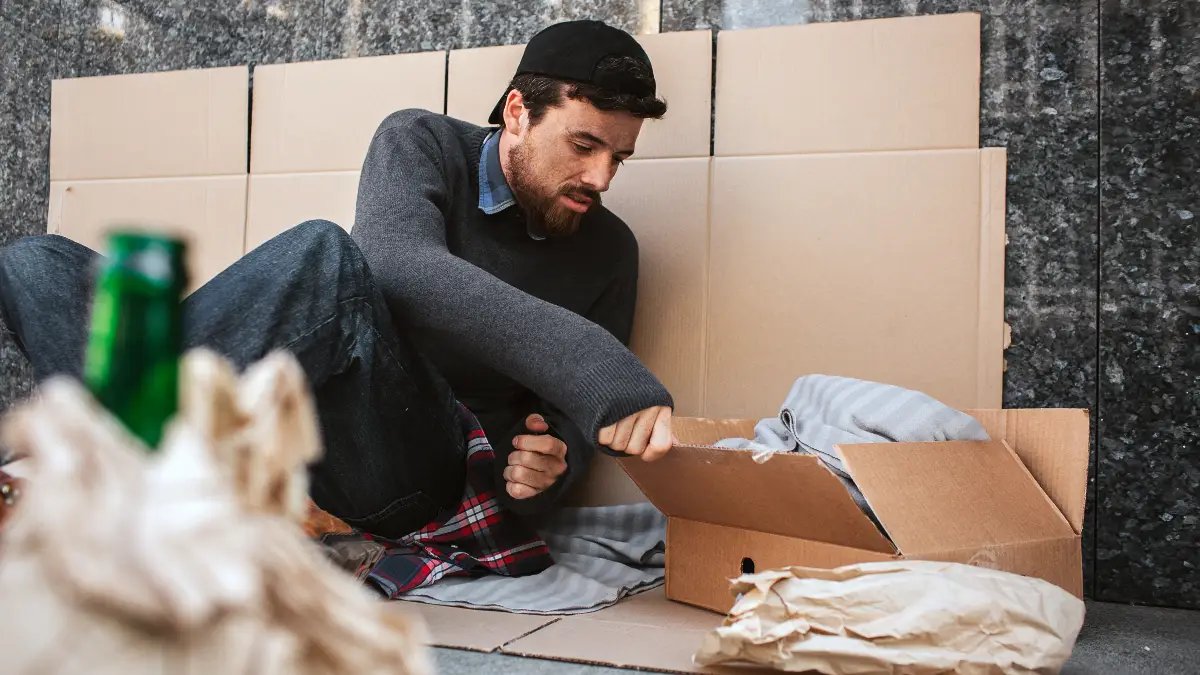
Going back for your phone, purse, or child’s toy gets people killed every day.
The deadliest mistake people make is stopping to grab their stuff during an attack. Your laptop. Your purse. Your jacket with the car keys. In those terrifying seconds when you should be running, people die reaching for objects that don’t matter.
The 3-Second Death Trap
At the Borderline Bar shooting in California (2018), security footage showed multiple victims stopping to grab phones and purses from tables as they fled. Those 3-4 seconds put them directly in the shooter’s path. The ones who left everything and ran immediately survived.
At the Walmart shooting in El Paso (2019), a mother died after going back for her purse containing her car keys. She’d already made it to safety. Her decision to return for the bag cost everything.
Why Your Brain Makes This Fatal Error
It’s not stupidity—it’s programming. Your wallet feels like survival. Your phone feels like help. Your keys feel like escape. In normal emergencies, these things matter. But bullets move at 1,700 miles per hour. Your three-second detour to grab your bag is three seconds the shooter gets closer.
The psychology is brutal: under extreme stress, your brain locks onto familiar objects as safety anchors. That purse you carry every day becomes a security blanket. That phone represents connection to help. But they’re just things. And things can’t stop bullets.
The Parent’s Impossible Choice
The cruelest version happens with children’s items. At the Highland Park parade shooting (2022), parents died retrieving dropped toys and blankets their terrified children were crying for.
The instinct to comfort your child with their special item overrides survival logic. One survivor from the Aurora theater shooting still has nightmares—not about the shooting itself, but about stopping to pick up her daughter’s fallen teddy bear.
Those two seconds meant they exited behind others who’d passed them. They survived, but barely.
The Workplace Death Pattern
Office shootings show the same pattern. People return to desks for car keys. They circle back for laptops with “important work.” At the YouTube headquarters shooting (2018), employees who immediately evacuated survived. One who returned for his backpack was injured in the stairwell.
The San Bernardino attack (2015) had multiple victims found near their workstations—not hiding, but gathering belongings. They thought they had time to grab their stuff and then escape. They didn’t.
The Only Things Worth Carrying
Empty hands save lives. The only exceptions: a child who can’t run alone, or a person who physically cannot escape without help. Everything else—your grandmother’s ring, your work laptop, your designer bag—is replaceable. You’re not.
Police train for active shooter response by repeating one rule: “Leave everything. Run with nothing.
Survive with your life.” Yet surveillance footage from every mass shooting shows the same tragedy: people dying with their hands full of possessions instead of using those hands to open doors, climb fences, or help others escape.
Your phone isn’t worth your life. Your purse isn’t worth your life. That family photo on your desk isn’t worth your life. When bullets start flying, the only thing you should be holding is someone who needs help escaping. Everything else is already gone—let it go.

